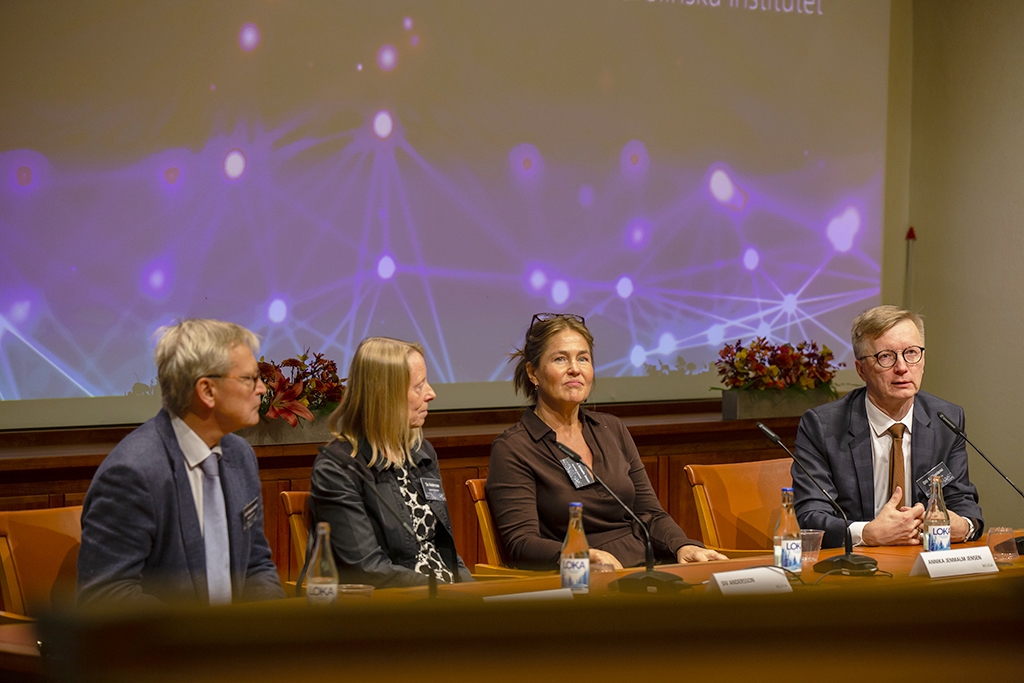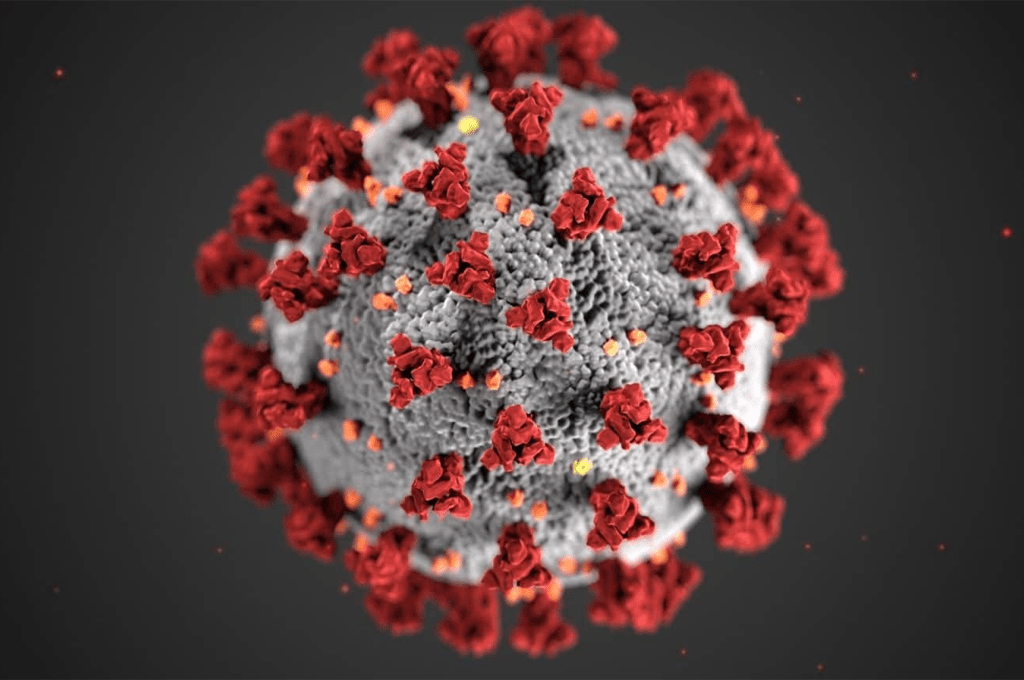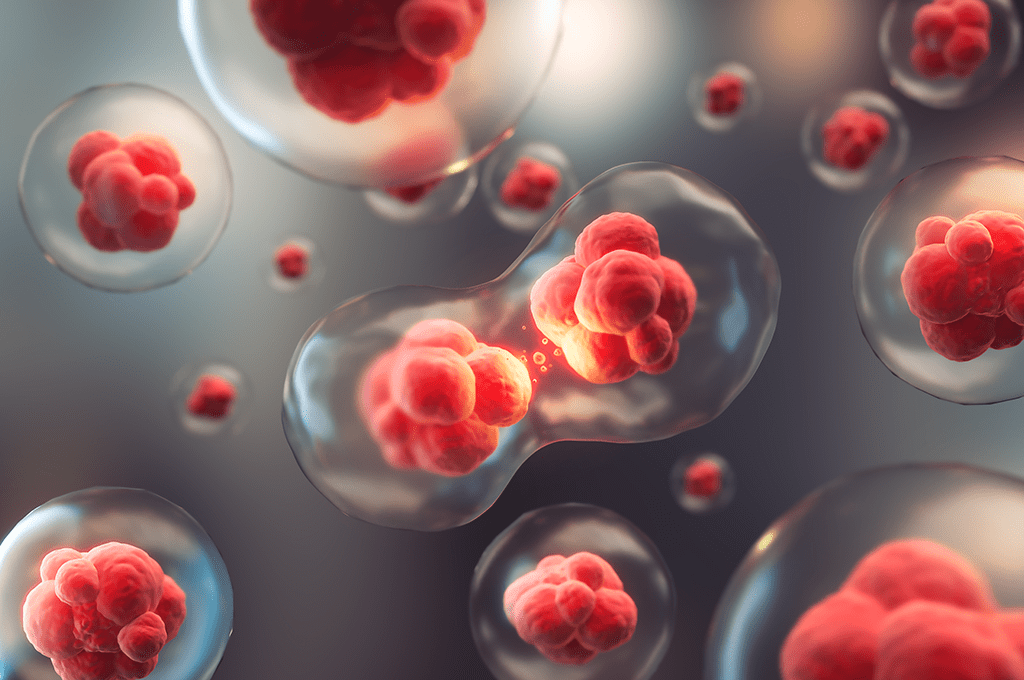SciLifeLab National hearing
Since its launch in 2010, SciLifeLab has contributed to some of Sweden’s most successful research endeavors, enabled recruitment of outstanding international researchers and created a unique environment for cross-sector collaborations. Going into its second decade, SciLifeLab is focused on the challenges of tomorrow’s research and society. How should SciLifeLab develop as a national research infrastructure? This was the key topic of the National Hearing about SciLifeLab’s road map 2020-2030, that took place on September 20.
Over 100 representatives from the Swedish life science sector, including universities, medical companies, healthcare and industry, participated in the hearing, whose main purpose was to gather thoughts and input for the SciLifeLab’s road map for the next decade.
The hearing started off with a short welcoming speech by Carl-Henrik Heldin, chair of the SciLifeLab Board, which was followed by a number of presentations on Swedish life science and SciLifeLab’s role in developing Sweden as a life science nation.
National research infrastructures
Hans Adolfsson, president of Umeå University and chair of Huvudmannarådet, talked about the importance of national research infrastructure for academic research.
“SciLifeLab has contributed immensely to the development of infrastructure for life science and environmental research, something we need to conduct research of the highest possible quality”, said Hans Adolfsson.
Following Hans Adolfsson was Mathias Uhlén (KTH), SciLifeLab Board member and founding Director of SciLifeLab, and Siv Andersson (UU), Co-Director of SciLifeLab, giving a flashback to the center’s first years, and a presentation of what it has developed into.
Sweden as a life science nation
Developing Sweden as a thriving life science nation and SciLifeLab’s role in that regard, was a key topic throughout the day. Jenni Nordborg, National Coordinator of Life Sciences at the Government Offices, talked about the National Life Science Strategy that is being developed at the Government Offices. Anna Sandström, Head of Science Policy and Relations Europe, AstraZeneca, talked about how national research infrastructures are highly important to the Swedish life science industry.
“SciLifeLab is a national resource, a unique environment that we must develop further. We want to see a continued prioritization of SciLifeLab and we also want to see the infrastructure made more accessible to companies”, said Anna Sandström.
Next up was Göran Sandberg, Executive Director at the Knut and Alice Wallenberg Foundation’s Board, who gave a presentation about excellent research environments in Sweden. Following him was Matilda Ernkrans, Minister of Higher Education and Research (S), who presented the aim of Sweden becoming a leading life science nation.
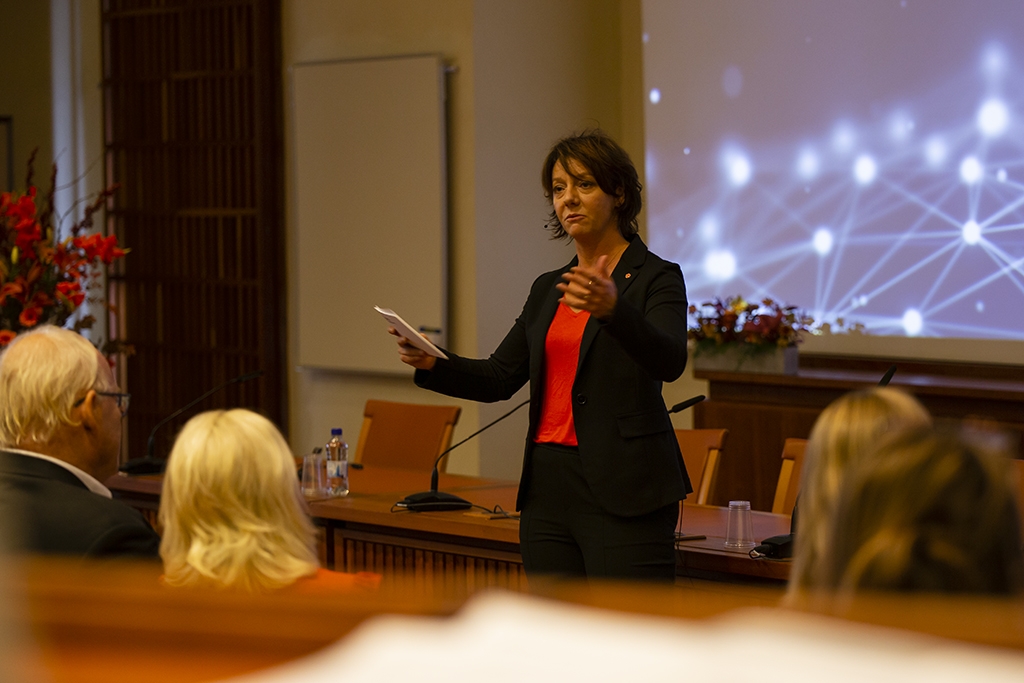
“I have read the SciLifeLab Roadmap 2020-2030, and it is both ambitious and highly relevant, and will be very interesting to follow during the coming years” said Matilda Ernkrans. “I feel very proud of the fantastic infrastructure that SciLifeLab has developed into”.
SciLifeLab Roadmap 2020-2030
The SciLifeLab Roadmap 2020-2030 was then presented by Olli Kallioniemi, Director of SciLifeLab, following a video greeting from the chairman of SciLifeLab’s International Advisory Board (IAB), Jan Ellenberg.
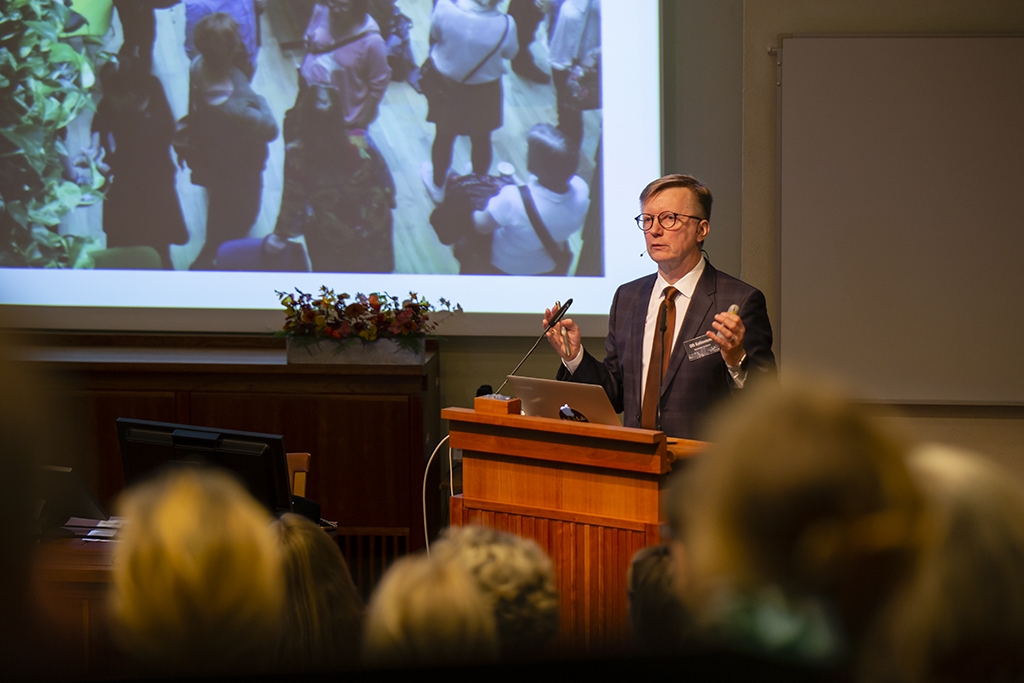
“We want to make sure that our existing technologies and those under development will be available to all scientists”, explained Olli Kallioniemi during his presentation. “The plan is, and has always been, to operate infrastructure of the highest quality, wherever it may be located in Sweden. The challenge is that life science is enormously dependent on infrastructure which becomes more and more expensive. This is why no one can do it alone, and we are dependent on coordination and collaboration”, continued the SciLifeLab Director.
Looking back – and ahead
After lunch, a panel discussion with Carl-Henrik Heldin, Olli Kallioniemi, Siv Andersson and Annika Jenmalm Jensen, Infrastructure Director at SciLifeLab, took place. The hearing was then concluded by the presidents of SciLifeLab’s host universities – Ole Petter Ottersen (Karolinska Institutet), Sigbritt Karlsson (KTH), Eva Åkesson (Uppsala University) and Astrid Söderbergh Widding (Stockholm university).
Ole Petter Ottersen talked about the future challenges of life science and the importance of implementing life science into the health care system.
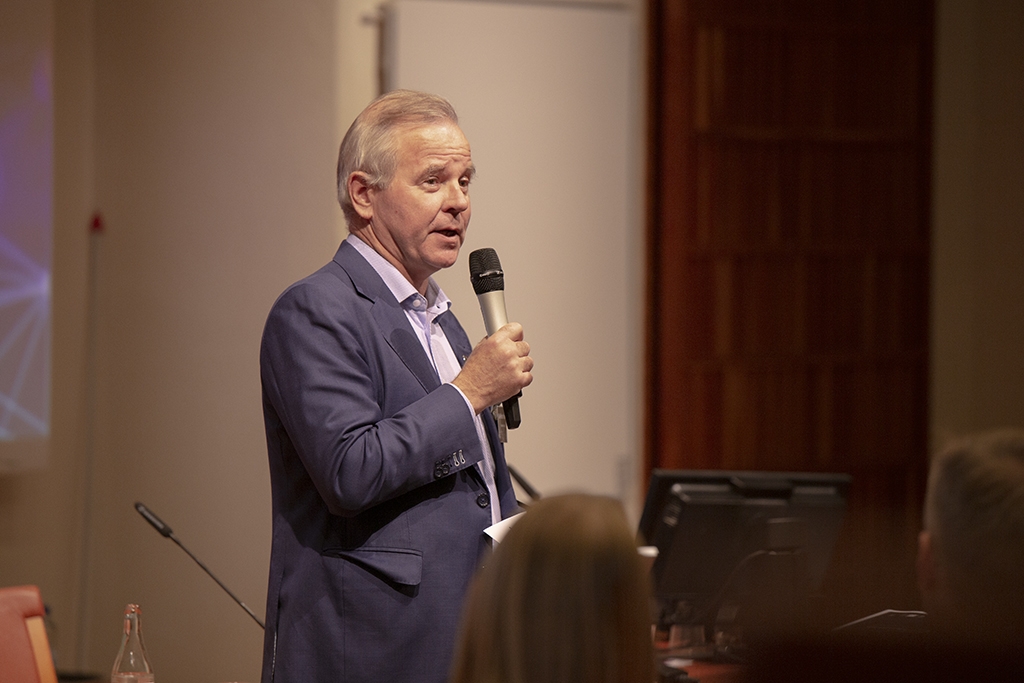
“We always say that life science should provide better healthcare, but the healthcare system needs to be reorganized so that it can take advantage of the opportunities and absorb precision medicine and diagnostics”, said Ole Petter Ottersen.
Also focused on future developments, Eva Åkesson highlighted what we can learn from SciLifeLab’s first ten years.
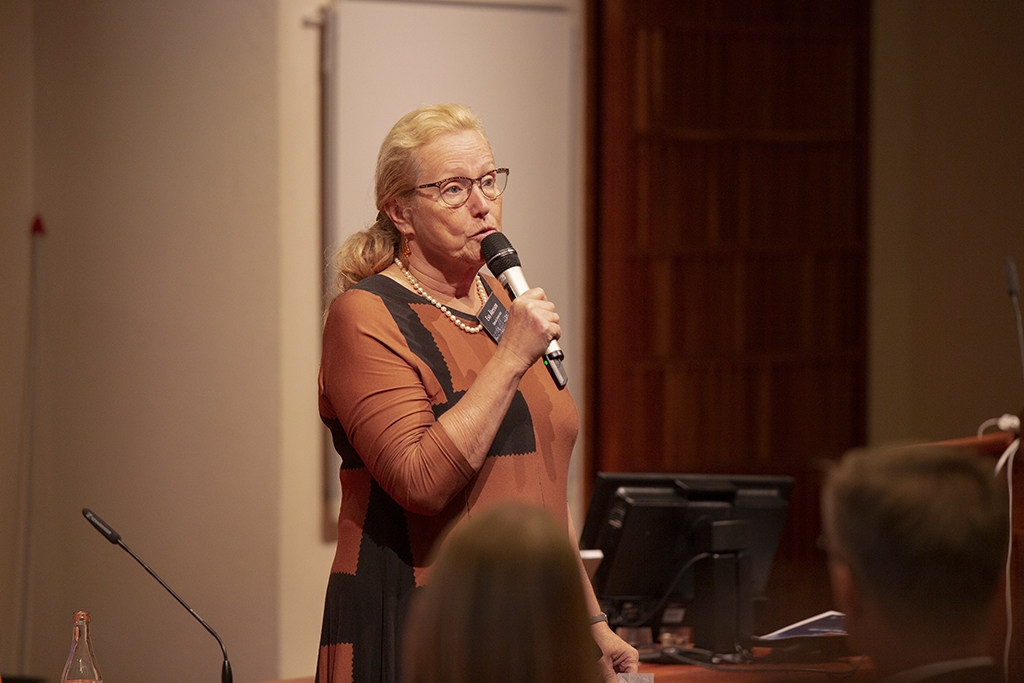
“We have a lot to learn from the SciLifeLab model, how to engage and create value, and I think we can use that for other national infrastructures as well. We have broken ground for collaborations, not only between universities but with other organizations as well”, said Eva Åkesson. “Looking ahead, it’s important to keep in mind what the success factors have been. I think some of these factors are the focus on young scientists, the accessibility and the dynamic environment. SciLifeLab has both added and removed platforms, and gone through several life cycles already, under these ten years. There is a moving, dynamic environment at SciLifeLab.”
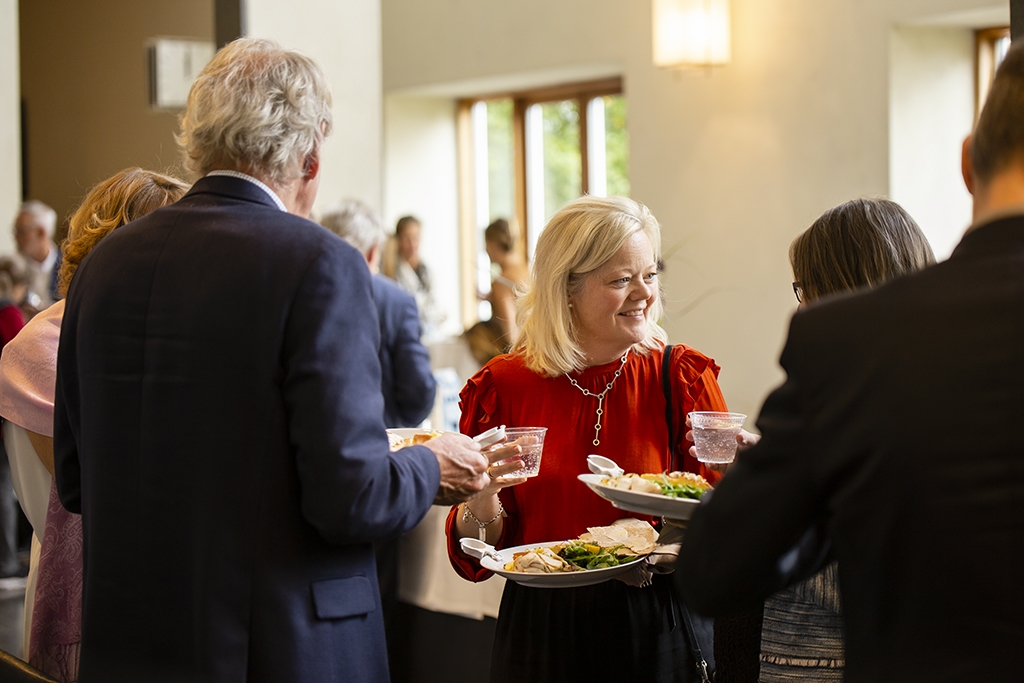
Jenni Nordborg, Director, National Coordinator Life Sciences at the Government Offices, during lunch
More information:
Video recording of the National Hearing of SciLifeLab’s Roadmap 2020-2030:
